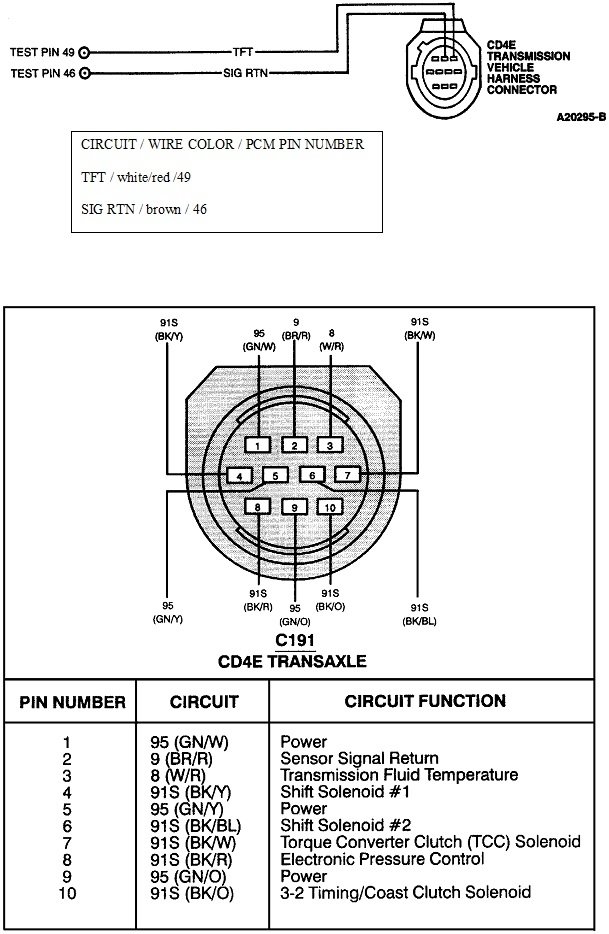GM and Chrysler use the same "stepper" motor to adjust air flow past the throttle blade to control idle speed. Ford uses a different type of voltage-adjustable solenoid to vary the size of that air passage. Carbon build-up in any of those systems can cause idle speed problems, With Ford's solenoid, the plunger is spring-loaded to return to a lower speed. If you find idle speed is wrong and doesn't change very much as the engine warms up, that assembly may have carbon build-up inside it. Idle speed should drop very low if you unplug that solenoid while the engine is running That would show if it is working or not.
As a side note, temperature sensors have extremely little problems because there's just one component inside them. The one notable exception was Ford's coolant temperature sensors from the early to mid '90s. I actually saw one for myself where its resistance would bounce all over the place while the ohm meter was solidly connected with a pair of small jumper wires. The engine's idle speed varied widely all over the place, and you could see the coolant temperature bounce all over on a scanner. This was on a former student's car, then we learned later that this was a real common problem. The fix was a new sensor, and it was an easy diagnosis once you knew what to look for.
If you think a vacuum leak is the cause for high idle speed, use a hose pinch-off pliers to pinch various vacuum hoses as close to the intake manifold as possible. If that lowers idle speed, move further down that hose until you come to a "tee" or spice, then block each one to figure out which one to follow. There will be the correct vacuum hose routing diagram on the emissions sticker under the hood for your engine. That will show all the hoses so you don't overlook any.
SPONSORED LINKS
Was this helpful?
Yes
No
+1
Tuesday, January 19th, 2021 AT 8:07 PM





